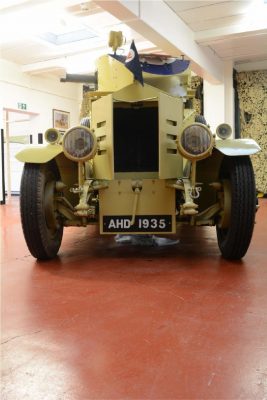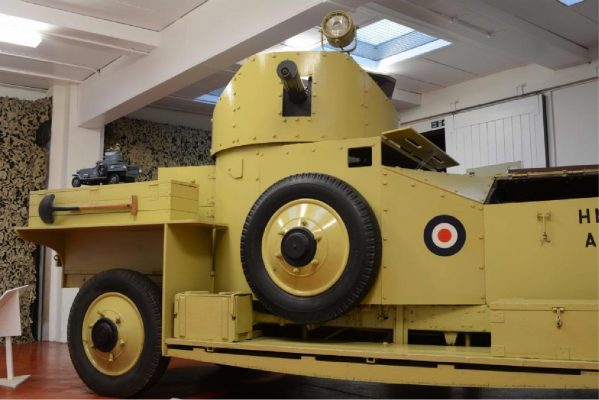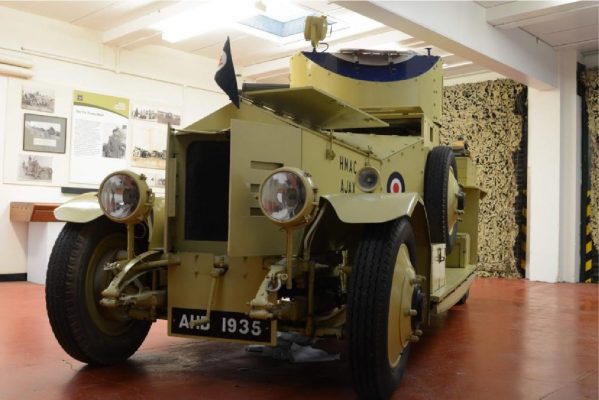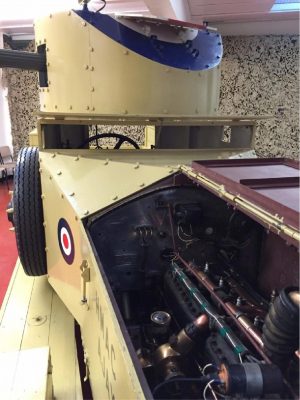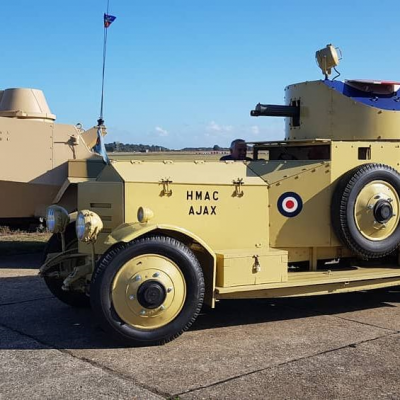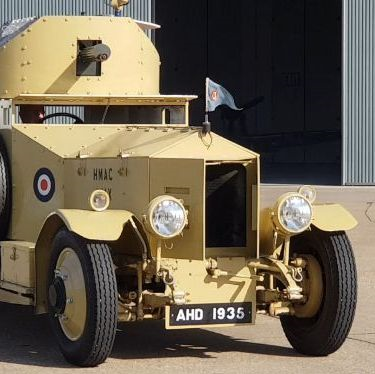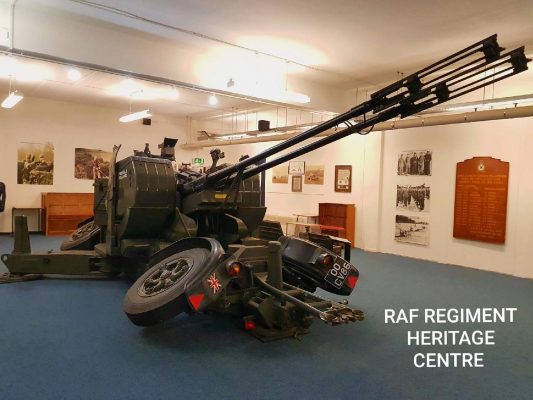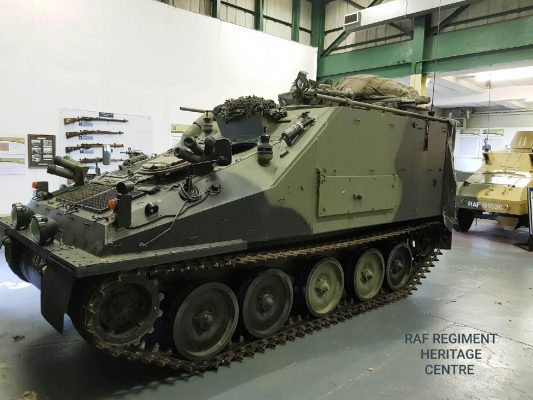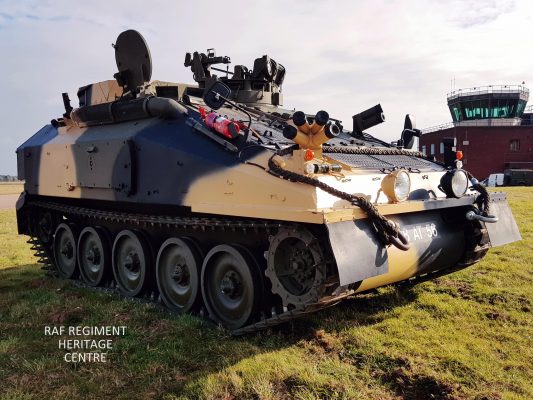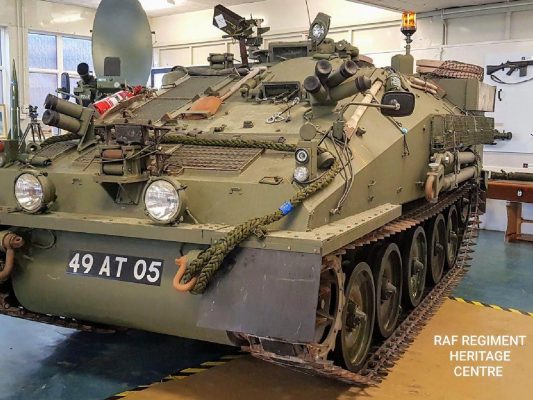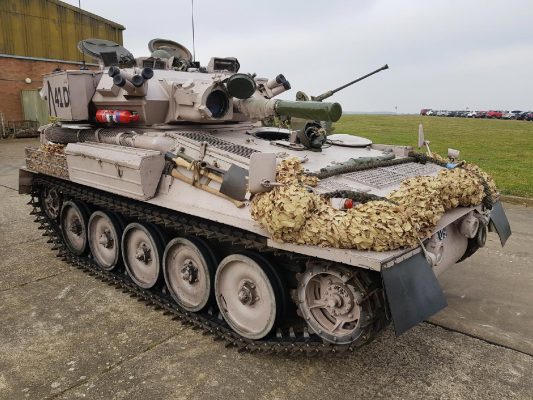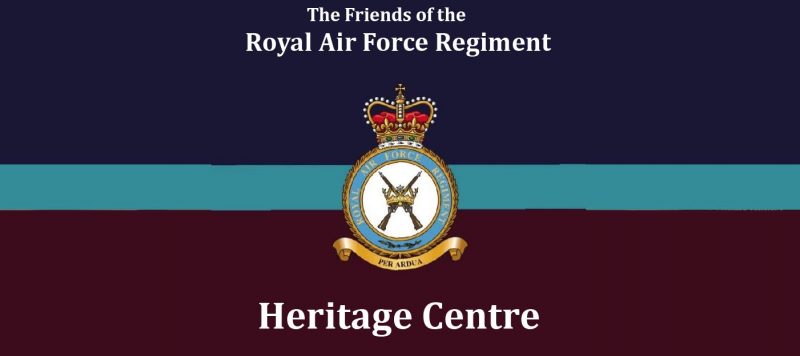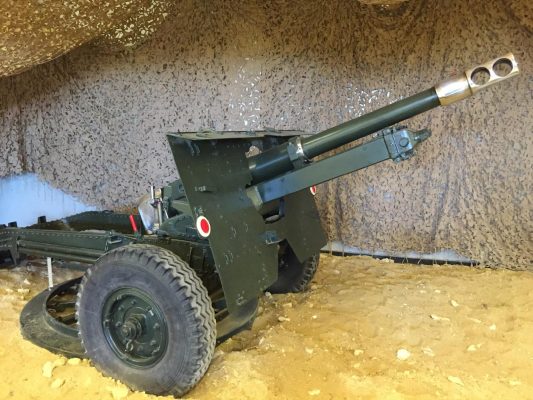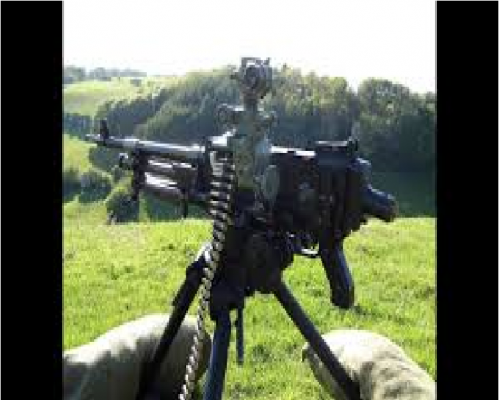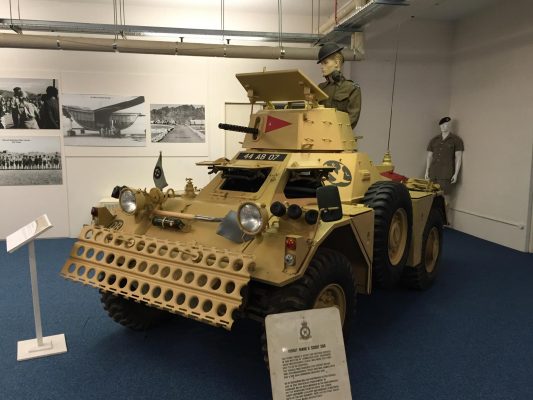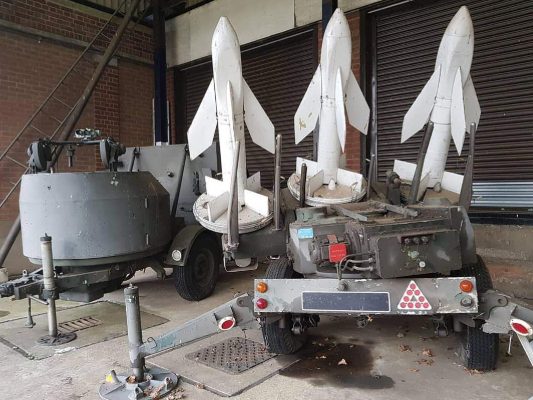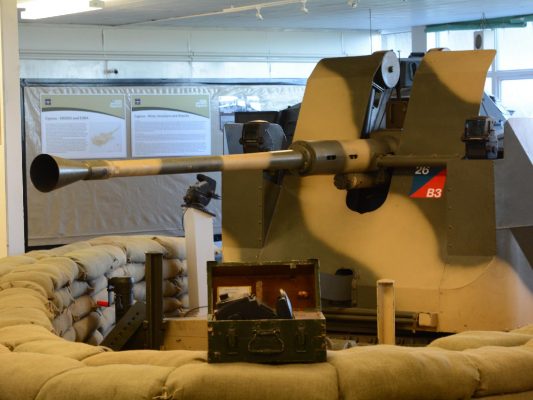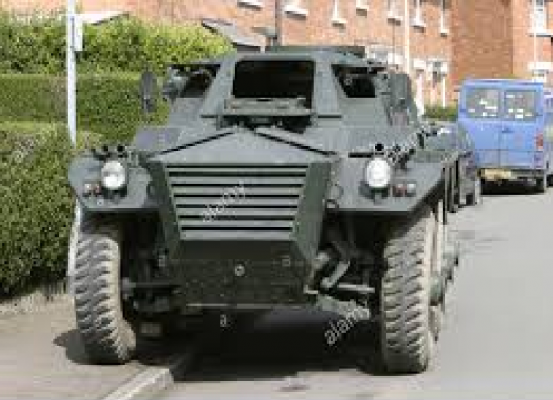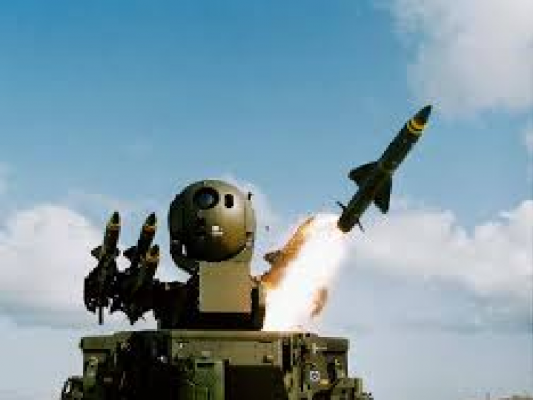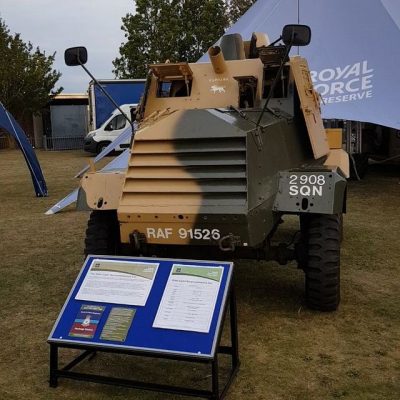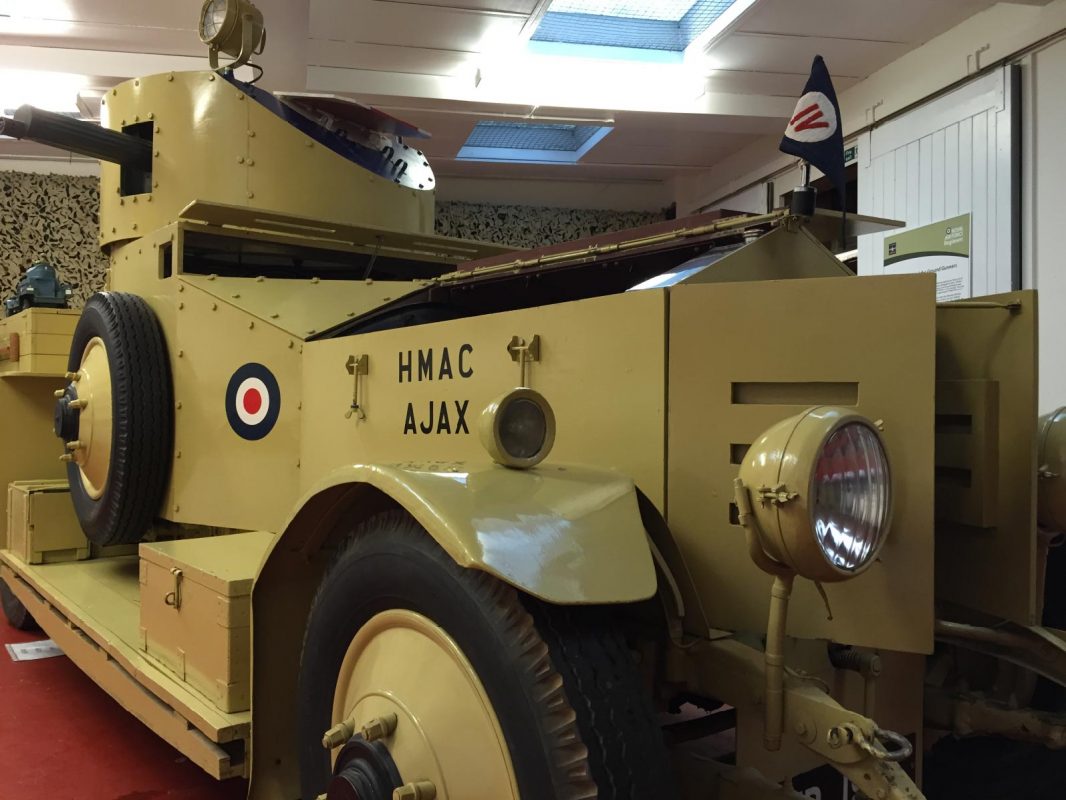
From 1922 until they were formally absorbed into the RAF Regiment in 1946, the Armoured Car Companies of the RAF provided an unbroken period of distinguished service throughout the Middle East.
This service ranged from the fertile valleys of Iraq to the history rich settlements of Palestine, from the West Bank of Jordan to the barren hills of Dhala in Aden.
The service and professionalism the Tin Cam Trams brought significantly contributed to the defeat of German inspired nationalist uprisings in Iraq and Syria in 1941 and provided the eyes and ears for General Wavell’s comprehensive defeat of the Italian Forces in Egypt.
Further service in the Western Desert including many behind the lines forays, saw the RAFs Armoured Car Companies move forward with the Desert Air Force until the Axis surrender in North Africa.
The Squadrons then returned to their traditional stamping grounds in Palestine, Jordan and Iraq and maintained the peace amongst increasingly hostile local populations. Every job that needed doing was accomplished with professionalism and flair. They provided one leg of the tripod of Air / Land Control of vast swathes of territory in the area, alongside RAF aircraft and locally enlisted troops or Levies. For almost 20 years, this concept proved enormously successful and efficient at maintaining order in a volatile region.
As well as “Flying the Flag”, escorting VIPs, gathering intelligence and reconnoitring possible trouble spots, protecting RAF Airfields and coordinating air and ground assets on operations, they also made significant contributions to the mapping and methodology by which the region was traversed.
In total 6 Companies were raised for policing the Middle East territories which Britain was responsible for post 1918. These included, Iraq, Palestine, Jordan, Egypt and Aden. The first 2 Companies, 1 and 2 were raised from already enlisted ranks in Helipolis, northwest of Cairo in 1922. The other 4 Company’s worth of men, specifically raised for the policing of Iraq, were assembled and trained at RAF Manston in Kent before shipping out to Basra by sea and then by train to Baghdad. Their main equipment were the Rolls Royce Armoured Cars that had been designed from taking the best features of the Royal Naval Air Service and the Royal Flying Corps vehicles of the Great war.
Procurement was tortuous as the aftermath of the war had exhausted the coffers, so faced with the failure of the Air / Land Doctrine because of lack of an armoured arm, Trenchard simply built his own on Silver Ghost chassis modified for military work in the RAF Workshops in Egypt and UK. These vehicles were powered by a 7.5ltr straight 6 which gave a top speed of 60mph and a range at cruising speed of 200miles. The vehicles were not equipped with radio and were accompanied by a similar Rolls Royce radio vehicle or tender and another stores vehicle. Also used, especially by No 1 Coy, were Lancia APCs and all Squadrons used the armed Fords – a version of the model T Ford with a Vickers MMG mounted on the rear and whose mobility and dexterity allowed them to go where the heavier cars often could not, especially in the mountains of Kurdistan.

